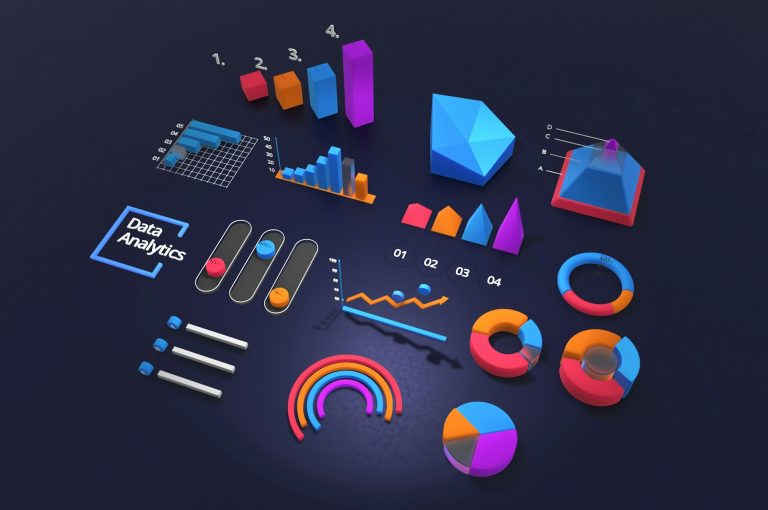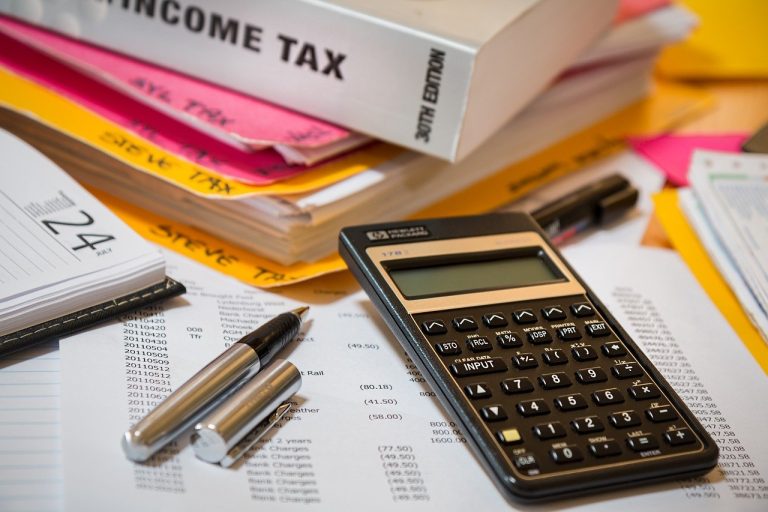On November 19, 2025, Mantle, the new Ethereum Layer-2 scaling solution, is hitting the news as its native token MNT is either hitting major resistance levels on a rocket ship supported by a series of institutional integrations and ecosystem expansions.
The recent volatility in the market has caused a notable rise in trading at around 1.11 and up 1.47% in the past 24 hours. MNT is showing optimism among investors about the market again.
Having a market capitalisation of close to 3.62 billion and a trading volume of over 104 million in a single day, Mantle is establishing itself as a leader in the charge to combine the old finance and the new, emerging crypto ecosystem, which can be compared to the overall crypto rebirth.
This increase is against a background of increased operations in the network of Mantle, whose total value locked keeps growing, highlighting the attractiveness of the platform by both developers and institutions.
With Bitcoin holding above 90,000 and altcoins picking up, some analysts turn their attention to MNT, a potential breakout candidate, as its modular structure allows transactions to be executed quickly and less expensively than their competitors, such as Optimism and Arbitrum.
RWA Custody and Institutional Custody Integrations Spur Adoption Boom
A set of strategic collaborations drives Mantle to the top, as its determination to follow regulatory and real-world asset tokenisation. Anchorage Digital declared secure custody services of MNT only a few weeks ago, which is a major step in institutional capital attraction.
This growth reduces the obstacles to hedge funds and asset managers that fear unregulated exposures, which may bring in billions into the ecosystem. Mantle supports DFSA-approved custody to guarantee a smooth transition to legacy financial infrastructure; a decision that has already increased the amount of activity on-chain by more than 20% in the last month.
In addition to this, the partnership with Bybit and Backed Finance introduced tokenised equities trading on Mantle, which provides 24/7 access to assets such as NVIDIA stocks through on-chain proxies.
It is not only the democratisation of high-value investments, but also places Mantle at the centre of the soaring real-world assets story, which is expected to grow into more than $10 trillion in tokenised value by 2030. In these synthetic assets, traders in such platforms as Hyperliquid have reported greater liquidity, with the trade volumes soaring by 35% since the rollout.
Now adding additional momentum, the implementation of the world’s first tokenised money market fund approved by DFSA, QCDT, on Mantle by DMZ Finance, has been implemented and allows compliant yield generation by the institutional players.
This fund is supported by QNB Group, and it guarantees constant returns on short-term treasuries with initial inflows of more than $50 million. These products are the vision of the cohesive layer of finance that Mantle has and the vision of integrating DeFi primitives and TradFi-quality security to enable sustainable growth, not just another frenzy of speculation.
Bullish November Future
Technically, the chart of MNT is encouraging. The token has consolidated between the ranges of $1.05 and 1.13, then taken on a prototypical ascending triangle formation, with the top of $1.20 playing out as the close resistance.
A strong close above this would make MNT move towards 1.50, which coincides with Fibonacci projections of its 0.55 October low. The Relative Strength Index is at 55, which means neutral momentum without cases of overbuying, and the 50-day moving average supports the price at a solid level of 1.08.
This optimism is reflected in the market sentiment that the Fear and Greed Index of altcoins stands at 68, squarely in the greed zone. On-chain data also supports the power: active addresses have increased 28 per cent every week, and gas charges on the network are less than 0.01 per transaction, a third of the mainnet expenses on Ethereum. Whales with more than 45% in leading wallets demonstrate low distribution, which better indicates accumulation than profit taking in the wider market adjustment.
Currently, ecosystem grants by the Mantle Treasury, which is one of the largest crypto with a valuation of more than 2 billion, still provide motivations to develop dApps. Projects such as Ethena and Ondo have brought in a number of recent funding rounds, which have delivered integrated stablecoin returns and liquid staking derivatives, making MNT more useful as a gas token and a governance asset.
Neighbour-Based Programs Ignite Sponsor Gifts
The Mantle upsurge is also triggered by grassroots enthusiasm. Magic Mantle Money, a community-owned dividend protocol, has also paid over 400 MNT to all holders, in less than 24 hours, as a reward to long-term commitment, without the need to sell anything.
It is a holder-focused model that is pegged to the treasury burn of the ecosystem and promotes staking and decreases the circulating supply, which can further boost price growth. Social volumes on social platforms such as X have hit an all-time high, with references to MNT increasing 150% in the past day, due to shillers pointing to the fact that it is undervalued compared to TVL ratios.
Such programs conform to the Mantle model of decentralised autonomous governance of organisation, wherein token holders cast their votes on treasury deployments, which maintain transparent and community-focused evolution.
With the network connecting with the EigenLayer to stake Ethereum, the function of MNT to provide access to the data availability layer of Ethereum may create new revenue streams and ensure additional economic moats.
Price Forecasts Point to $2.50 by Year-End
The analysts are optimistic about the course that MNT follows, and the forecasts differ depending on macro tailwinds. In the short run, the push to $1.31 seems to be possible, should Bitcoin keep its uptrend with the expectations of the Federal Reserve rate cut.
In 2025, the conservative prediction puts the average at 1.75, with peaks at 2.31 when there will be long-term adoption of RWA. In the long term, by 2030, MNT will take over the crown of more than $5, on the back of modular upgrades and a clear regulatory positioning across the globe.
Nonetheless, there are threats in sight: a more general market contraction or stalling of tokenised asset gratifications could limit benefits to $0.87. Volatility is also a given, and the 13.82% 30-day volatility of MNT highlights the importance of diversified strategies. The most important points to monitor are support of $1.05 and resistance of $1.2,0, with breakout confirmation creating the next leg up.
The Way of Mantle to Layer-2 Dominance
With November coming, Mantle is at the frontier of innovation and accessibility and can use the maturation of the crypto sector to its benefit. It is unique in a flooded Layer-2 space, using its combination of scalability, institutional desirability, and community viability.
Ethereium has a Dencun upgrade that has increased the efficiency of rollups, and Mantle’s optimistic rollup design is on the verge of gaining exponential growth in DeFi, gaming, and more. Investors looking at these turn-outs could discover MNT as a gem that is underpriced; however, as usual, careful due diligence must be done in this vibrant area.
Mantle can be called a story of survival and vision, a message that the market should remember that not only hype, but utility makes the difference in terms of value. With tokenised finance on the rise into mainstream, Mantle has a good chance to be the first to redefine on-chain economics in the coming decade.












 Bitcoin
Bitcoin  Ethereum
Ethereum  Tether
Tether  XRP
XRP  USDC
USDC  Wrapped SOL
Wrapped SOL  TRON
TRON  Lido Staked Ether
Lido Staked Ether  Cardano
Cardano  Avalanche
Avalanche  Toncoin
Toncoin